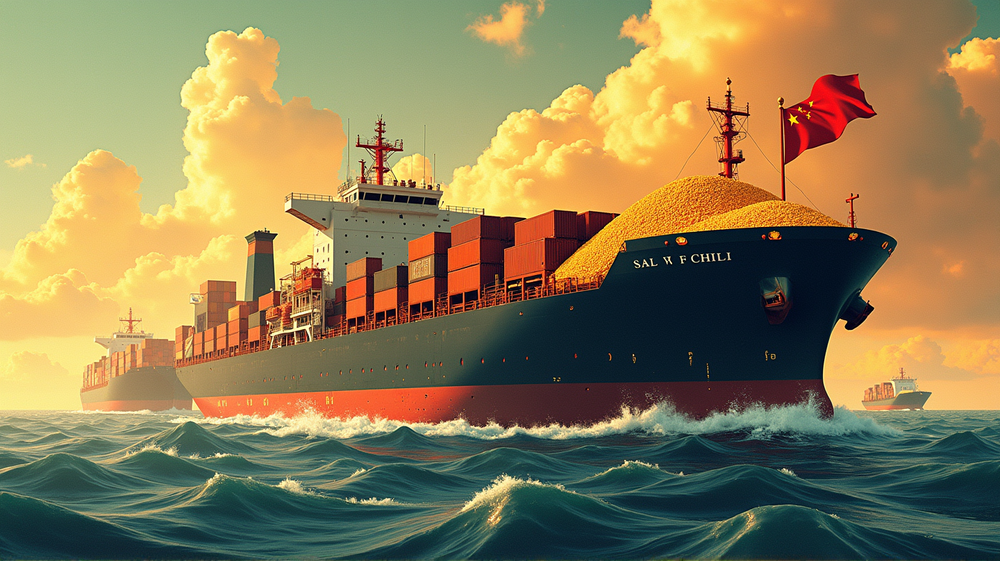China’s Strategic Pivot: How U.S. Soybeans Were Outmaneuvered
Rising Strategic Tensions Shape Economic Decisions
In the midst of strategic global chess play, Beijing’s refusal to source U.S. soybeans casts a shadow over economic precedence, signaling a political maneuver rather than an economic necessity. As China turns to Brazil for its soybean needs, the narrative unfolds as more than just a search for the best price.
Brazil Takes the Lead
The vibrant silos and ports of Brazil have burgeoned with activity, setting a remarkable precedent. As vessels loaded with Brazilian soybeans traverse to Chinese shores, Brazil solidifies its standing with record shipments. In contrast, U.S. fields anticipate a drastic shift, marking the absence of expected orders from China as an economic and political redirection.
A Calculated Move in Global Politics
According to ag economist Michael Langemeier, Brazil has commandeered China’s trust as the primary soybean supplier. This strategic transition commenced during the U.S-China trade tensions from 2017-18. Reinforcing this, Sandro Steinbach asserts China’s strategic shift is more about political leverage and reducing U.S. dependency than economic profit. It’s a spectacle of control, power, and national interest on a grand stage.
Disruption in U.S. Agribusiness
As questions simmer within the U.S. agribusiness community, farmers voice concerns over the lost market share. With mounting constraints on U.S. exports not only in soybeans but also in other crops such as corn and sorghum, the ripple effects threaten to alter planting strategies and crop decisions in the coming seasons.
A Glimmer of Hope Amid Uncertainty
Amidst this geopolitical chessboard, the upcoming APEC Summit offers a glimmer of hope. Economists like Jacquie Holland from the American Soybean Association highlight potential diplomatic respite. As President Trump and Xi Jinping prepare for discussions, the possibilities of de-escalation linger, offering a beacon of hope for the U.S. farmers eager for change.
The Future: A Landscape of Risks and Adaptations
Looking forward, the dialogue surrounding U.S. soybean exports involves strategic compromises and potential new market explorations. However, as uncertainties cloud future projections, U.S. farmers are left to navigate their risk landscape pragmatically. Strategic adaptations may become their lifeline, while the broader agricultural narrative continues to unfold with each diplomatic development.
While the world’s second-largest economy seeks to redefine its dependencies, U.S. farmers face a challenging horizon, carving a path through shifting sands of trade diplomacy and economic resilience. According to Pro Farmer, these international developments will require tactical maneuvers and astute adaptability from stakeholders across the agricultural sphere.




